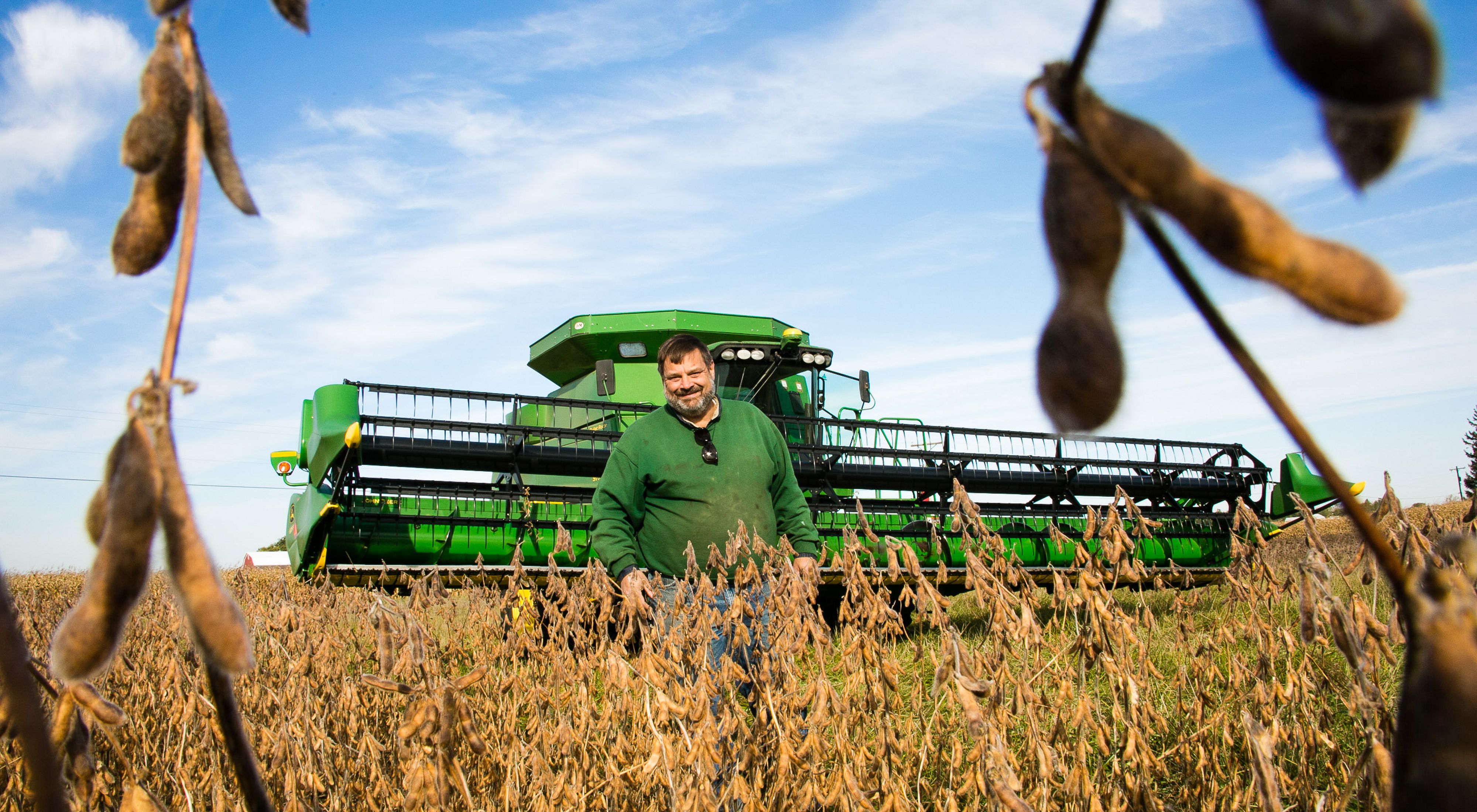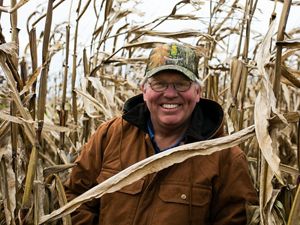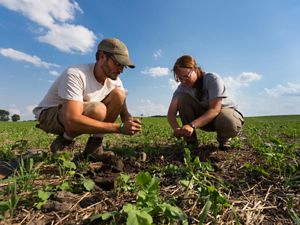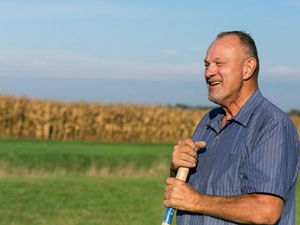Farmers at the Forefront of Soil Health
See how other farmers are building a sustainable future on their lands.
See Their StoriesTodd Hesterman prides himself on staying on top of the latest farming advancements, especially those that are outside the box. “You know, if you don’t keep learning, you disappear,” says the fourth-generation farmer.
Hesterman began implementing soil health techniques like no-till (planting without plowing first) on his Ohio farm in the late 1980s. Today he practices the 4Rs of nutrient stewardship—a science-based approach to apply the right source of fertilizer at the right rate and the right time in the right place—and uses drainage control systems to reduce harmful nutrient runoff, like nitrogen and phosphorus. While he’s proud of his farm’s advancements, the lifelong learner says there’s still room for improvement. For his next big advancement, he plans to master the use of cover crops (noncash crops planted to enrich the soil and protect it from erosion) and implement a more diverse crop rotation.
A Balanced Diet for Soil Health
Soil health, “it’s like a balanced diet,” says Hesterman. “Instead of eating fast food all of the time, we’ve got to eat our vegetables, too. We’re not in the same farming practice like my grandfather had, where he had 80 acres, 30 hogs, five cattle, a little chicken coop and four different crops. We’re more of a monoculture, and it’s not helping the life of the soil.”
Today, Hesterman, aided by his father Ron and youngest son Joe, grows soybeans, corn and occasionally wheat and barley on 1,200 acres, land that was first purchased by his great-grandfather in 1892.
“I understand everybody has to stay in business, but I think we all need to make sure that we have these resources for the next generation and the generation after that,” he says. “I’ve been fortunate enough to make a nice living off of what my ancestors put together, and I certainly don’t want to do anything to diminish any of that.”
Quote: Todd Hesterman
I understand everybody has to stay in business, but I think we all need to make sure that we have these resources for the next generation and the generation after that.”
Taking the Leap into No-Till
Hesterman’s interest in no-till was sparked by an agricultural professor at Northwest State Community College in Archbold, Ohio, in the early 1980s. Around the same time, his family was experiencing a deterioration in their soil’s health. Years of tillage had compacted their soil and lowered its organic matter, so they decided to give no-till a try.
“I was fortunate to have a pretty progressive father who let me make a lot of mistakes on his nickel,” says Hesterman with a laugh. “Technology had caught up to us to where we could make this transition.”
The local soil and water conservation district, which helps farmers address natural resource concerns, was offering cost-sharing on no-till planters that allowed them to experiment with the equipment before making the investment.
“And then the light bulbs started coming on,” says Hesterman.
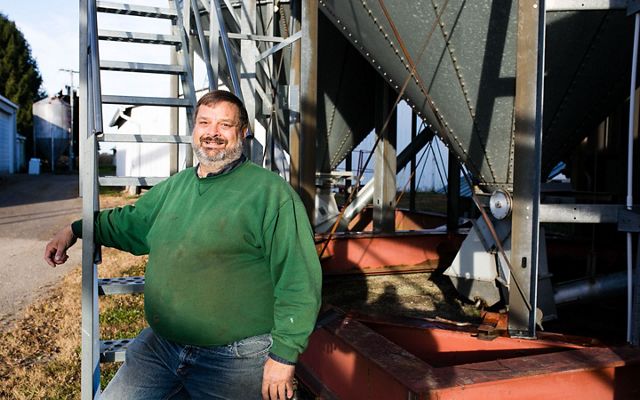
Cost Savings and Soil Benefits
Since shifting to 100 percent no-till in 1989, Hesterman’s family has seen big pay-offs, including increased soil organic matter, improved soil structure and cost savings both on fertilizer inputs and labor. “It’s made us a little bit more efficient, more lean and more weatherproofed to the farm economy than most.”
Cutting out all of the costs associated with tillage (tractor, labor, fuel) reduces their overhead and leaves them with more wiggle room to weather ups and downs in the farm economy.
As for improvements to his soil, Hesterman says that when soil scientists collect samples on his farm, they’re amazed at its complex structure and the number of earthworms they find in a region known for clay soils.
No-till requires patience, however, and waiting until field conditions are right for planting. “We had the latest planting dates of anyone around in our neighborhood this year,” says Hesterman, “but I don’t think we sacrificed much of anything.”
Hesterman has also focused on nutrient stewardship since the early 2000s. He implements the 4Rs of nutrient stewardship by applying nitrogen and phosphorus fertilizers just below the soil surface. Then he carefully applies fertilizer for the crop as needed through June. This helps keep the fertilizer on the fields and out of nearby creeks, streams and lakes.
Since 2007, Hesterman has been a member of the Ohio Lake Erie Phosphorus Task Force—a group of statewide stakeholders committed to improved water quality. Doing his part, he installed monitors for phosphorus on the edges of his fields in 2012. Water monitoring stations measure drainage flow and automatically collect samples for analysis. Hesterman has also installed a system for controlled drainage on his farm to slow runoff of water and harmful nutrients.
